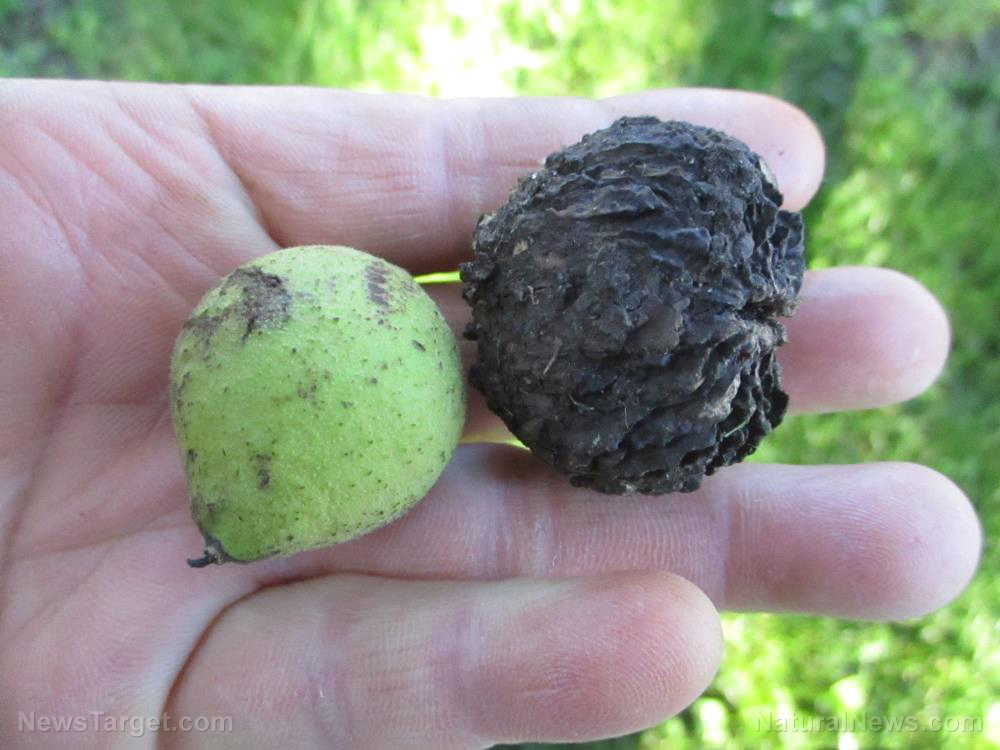How to grow, harvest and use turmeric, a versatile superfood
05/14/2021 / By Divina Ramirez

Turmeric (Curcuma longa) is a tropical plant in the same family as ginger. It is commonly used as a spice but also hailed for its medicinal properties.
You can find turmeric, fresh or powdered, in most health food stores and even mainstream groceries. However, it doesn’t come cheap.
Luckily, turmeric is relatively easy to grow even for beginner gardeners. All you need are fresh turmeric rhizomes, a large pot and a sunny windowsill.
Read on for more detailed tips on how to grow this versatile spice.
Sprouting turmeric rhizomes for planting
Turmeric plants are fast-growing shrubs that can grow up to three feet tall or more. Turmeric is typically grown from existing rhizomes, which produce green shoots a few weeks after planting. This is the easiest way to sprout turmeric. Turmeric is also best sprouted indoors. This ensures that it gets off to a good start.
To sprout turmeric, cut the rhizome into sections, with two to three buds per section. Fill three-inch pots halfway with potting soil, then lay the sections flat on the soil. Cover with soil and water well.
Slip the pots into clear plastic bags and leave them near a sunny windowsill or in the toastiest area in the house. Sprouting the rhizome at lower temperatures will be slow and may even cause it to rot.
Once the rhizomes have sprouted, it’s time for planting outdoors or in containers.
Growing turmeric in containers
If growing turmeric indoors, fill a pot or container with rich potting soil that drains well. Ideally, the pot should be relatively shallow, about eight inches deep, but with a very wide top. This is because turmeric grows upwards for only a few inches then expands horizontally.
Dig shallow holes, no more than one to two inches deep, and plant the rhizomes horizontally. The sprouts must be facing upwards. Water the plants well but allow the soil to dry out completely in between watering. Don’t allow the pots to sit for extended periods on saucers filled with water as this can cause the rhizomes to rot.
Growing turmeric outdoors
If planting turmeric outdoors, plant it in the summer or about 10 months before your average first frost. If your first frost is in mid-October, for example, that means you should start planting turmeric outdoors no later than January.
Plant the sprouted rhizomes in a sunny spot in your garden. Turmeric is a tropical plant and likes the heat, so it needs plenty of sunlight. However, turmeric doesn’t do well with very intense midday heat. A sunny but still partially shaded spot, such as near a tree, is ideal for turmeric.
Harvesting turmeric
Turmeric is ready to harvest when the plant’s leaves and stem start to turn brown. This typically occurs roughly seven to 10 months after planting. To harvest, tip out the plants, soil and all, and shake the soil off the rhizomes. Cut off the stems about an inch or so above the mass of rhizomes and wash well.
Cleaning and storing turmeric
After washing the rhizomes, set them aside to dry. You can then store them at room temperature. They can stay fresh for a few weeks when stored and for up to six months in a refrigerator, especially when placed in an airtight bag or container. Set aside a few for the next growing season.
Using homegrown turmeric
Turmeric is a versatile spice used for both culinary and medicinal purposes. In the kitchen, turmeric is typically used the same way you would ginger. It adds a mild spicy kick and a rich golden color to dishes.
You can also brew turmeric slices to make tea. Turmeric tea is said to confer a wide range of benefits because of its anti-inflammatory properties, such as pain relief, stronger immunity and lower blood pressure. (Related: Why you should drink more ginger turmeric tea: Facts, benefits.)
Learn more about growing turmeric, ginger and other similar spices at HomeGardeningNews.com.
Sources include:
Tagged Under:
RECENT NEWS & ARTICLES
COPYRIGHT © 2017 SUPERFOODS NEWS





















